The 2025 lychee season is forecast to be a bumper crop with an estimated output of more than 300,000 tons. Localities and businesses have quickly activated a series of flexible scenarios to expand markets and boost exports.
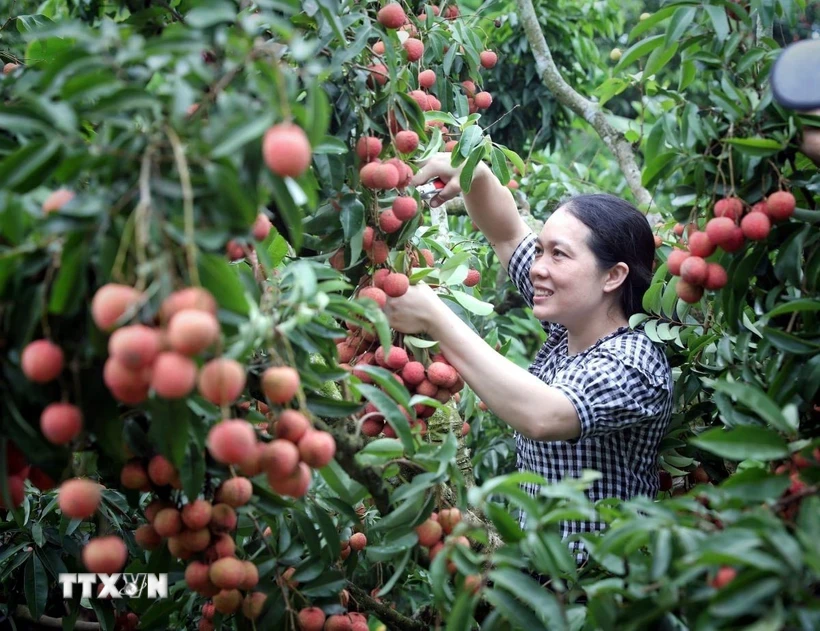
In order to reduce consumption pressure and increase the value of lychee, the agricultural and environmental sectors and localities have proactively implemented solutions to improve quality and expand consumption markets, especially for export.
According to the Department of Crop Production and Plant Protection (Ministry of Agriculture and Environment), Bac Giang is still the province with the largest lychee output in the country with 165,000 tons; followed by Hai Duong with 60,000 tons, Hung Yen and Lang Son both reaching 22,000 tons, Dak Lak about 21,000 tons...
The harvest is concentrated in two phases: early lychee from May 20 to June 10 and the main crop from June 10 to July 25. Right from the beginning of the season, localities have actively prepared conditions for harvesting, preliminary processing, and transportation to ensure smooth consumption. The work of registering and monitoring codes for growing areas and packaging facilities for export has been completed.
Up to now, the whole country has 469 growing area codes with nearly 19,400 hectares and 55 packaging facility codes serving markets such as China, Australia, the US, Japan, Thailand...
In Bac Giang, a key lychee growing area, more than 240 growing area codes with a total area of 17,421 hectares have been granted for export. This locality currently has more than 16,000 hectares of lychee meeting VietGAP standards, 204 hectares of GlobalGAP lychee and 10 hectares of organic production.
According to Mr. Bui Quang Huy, Director of the Department of Agriculture and Environment of Bac Giang province, households are trained and supervised in care techniques, use of pesticides according to the list, gradually increase the proportion of organic fertilizers, keep production diaries... to ensure strict requirements from high-end markets such as Japan, the US, the EU, Australia...
Hai Duong also has 12 GlobalGAP certified growing areas and 56 VietGAP certified areas with a total area of 721 hectares. The province has been granted 198 growing area codes and 16 export lychee packing facility codes.
Ms. Luong Thi Kiem, Deputy Director of the Department of Agriculture and Environment of Hai Duong, said that training and coaching on farming processes, safe use of pesticides, residue testing, guidance on quarantine regulations, etc. have been implemented early. Thanks to that, people have proactively mastered the techniques and requirements of each market.
Mr. Le Tien Dung, Thanh Quang commune, Thanh Ha district, Hai Duong province said that with farming experience and timely guidance from the provincial Department of Crop Production and Plant Protection, households have proactively monitored weather developments and applied technical measures such as pruning, root banding, fertilizing, and proper care. Thanks to that, lychee trees have avoided the effects of extreme weather during important stages, and productivity is expected to be higher than last year.
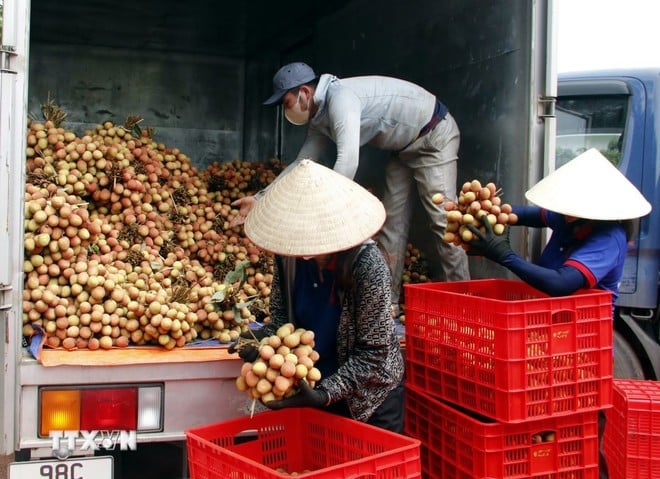
With more than 700 hectares of lychee, Mr. Nguyen Van Hien, Director of the Agricultural Service Cooperative of Thanh Quang Commune, Thanh Ha, Hai Duong, said that the cooperative has been granted 56 growing area codes to serve exports to demanding markets such as the US, Japan, and Australia. The cooperative is ready for all export conditions.
In Bac Giang, farmer Ngo Van Cuong, Phuc Hoa commune, Tan Yen district, said that to produce lychees that meet export standards to demanding markets such as the US, Japan, EU, and Australia, people must comply with strict regulations on fertilization, use of pesticides in the correct list, concentration, dosage, and prioritize biological pesticides. In particular, when producing according to GlobalGAP, lychee growers must pay attention to cleaning the lychee garden, pruning branches to create canopy, etc.
Thanks to strict compliance with regulations, Mr. Cuong's family's 2 hectares of early-ripening lychees always sell for high prices. Before the harvest season, a business has signed a contract to purchase the products at the lowest price of 35,000 VND/kg, helping the family feel secure about the output of the product.
According to Ms. Ngo Thi Thu Hong, General Director of Ameii Vietnam Joint Stock Company, 2025 marks the 6th year the enterprise has accompanied farmers in exporting lychee.
Up to now, the company's products have been present in more than 10 countries; including high-end markets such as the US, Australia and many European countries, and Southeast Asia. The spillover effect from these markets is creating a driving force to promote the consumption of Vietnamese lychees.
However, according to Ms. Hong, to conquer demanding markets, the prerequisite is to build a stable raw material area, ensure quality and be closely monitored from cultivation to harvest.
The operation of this production-consumption chain requires synchronous coordination between enterprises, local authorities and especially farmers' compliance with procedures.
“Enterprises hope to receive more support from the State, especially preferential capital for production, especially during harvest time; and to promote the expansion of export markets to potential countries such as Korea, Japan, etc.,” Ms. Hong emphasized.

In addition, the representative of Ameii Vietnam also proposed that the authorities increase investment in research and technology transfer for preserving lychees before and after harvest in the direction of green, low-emission agriculture.
Minister of Agriculture and Environment Do Duc Duy highly appreciated the province's proactiveness and seriousness in preparing for the 2025 lychee season, from production according to export standards, expanding raw material areas to building brands.
Minister Do Duc Duy suggested that localities need to closely follow weather developments and pest and disease situations to promptly direct production.
Growing areas and processing facilities must strictly comply with regulations on growing area codes, ensuring quality standards for export. In particular, it is necessary to tighten the inspection of pesticide residues - a key factor for lychees to penetrate and stand firm in the international market.
In addition, the organization of consumption must be flexible, realistic and regularly updated. Consumption scenarios need to be built and adjusted in accordance with market developments, in order to effectively support businesses and cooperatives in purchasing right at the garden. At the same time, the expansion of the distribution system from supermarkets, wholesale markets to e-commerce platforms also needs to be promoted to make the most of domestic and foreign consumption opportunities./.
Source: https://baolangson.vn/mua-vai-2025-san-luong-ky-luc-kich-ban-tieu-thu-va-xuat-khau-ra-sao-5049015.html



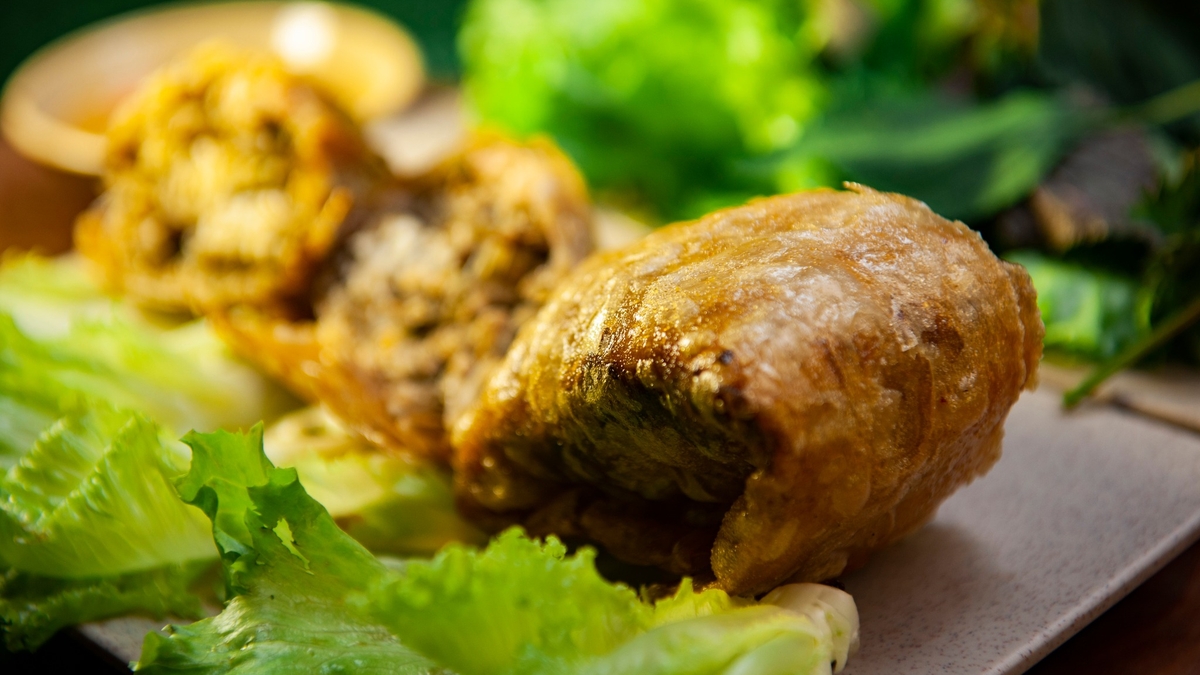


![[Photo] Closing ceremony of the 18th Congress of Hanoi Party Committee](https://vphoto.vietnam.vn/thumb/1200x675/vietnam/resource/IMAGE/2025/10/17/1760704850107_ndo_br_1-jpg.webp)

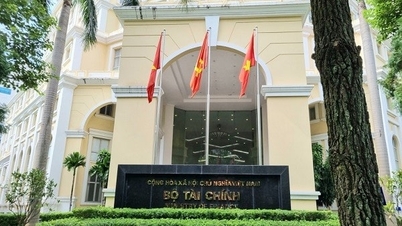

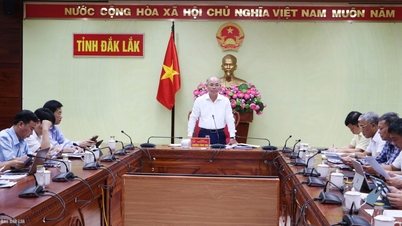

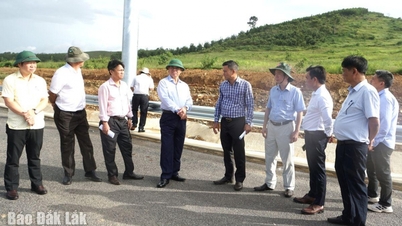




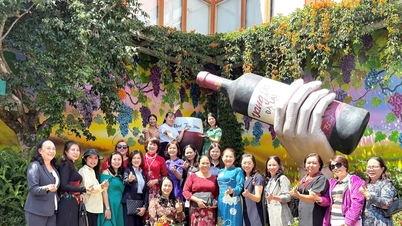



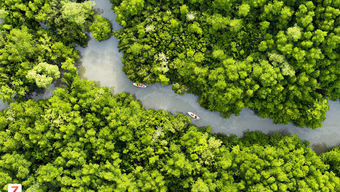
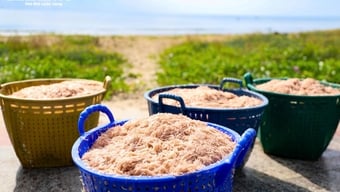

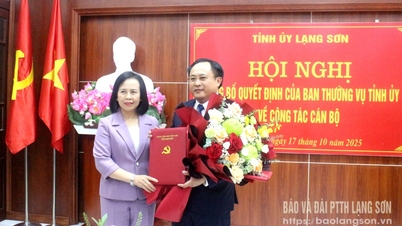



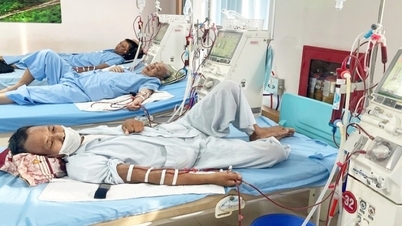
![[Photo] Nhan Dan Newspaper launches “Fatherland in the Heart: The Concert Film”](https://vphoto.vietnam.vn/thumb/1200x675/vietnam/resource/IMAGE/2025/10/16/1760622132545_thiet-ke-chua-co-ten-36-png.webp)
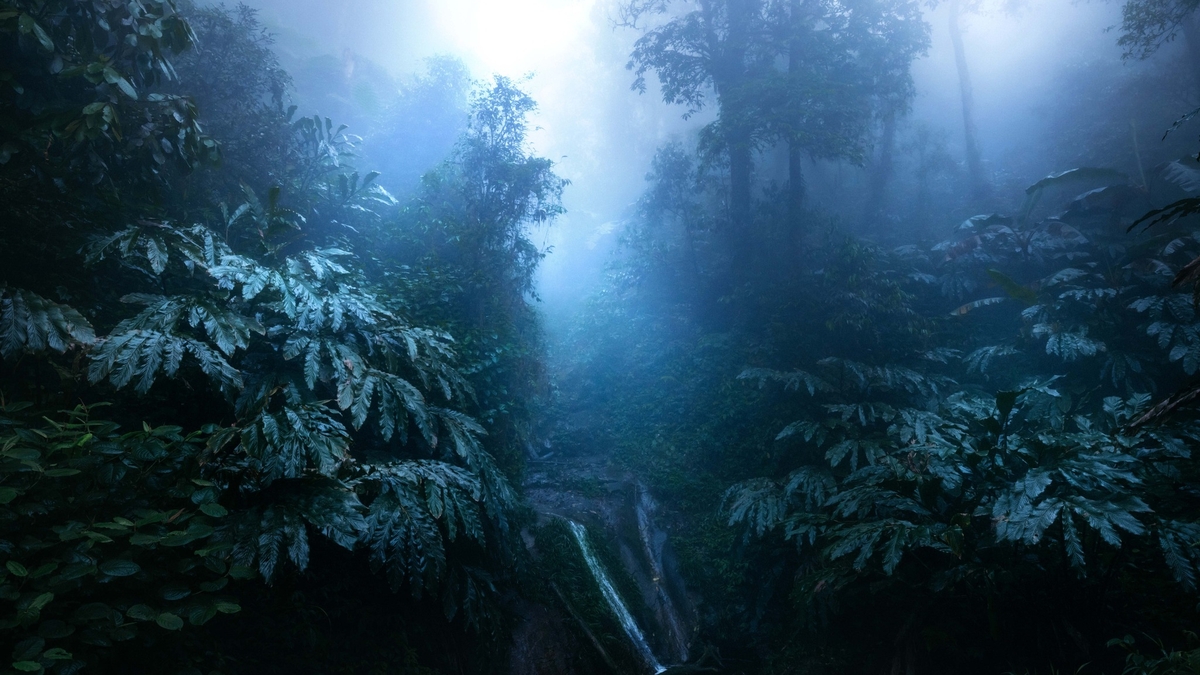


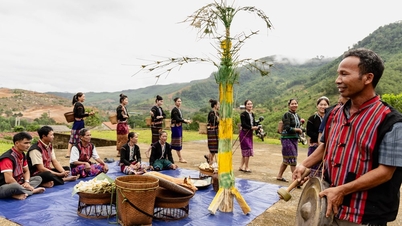



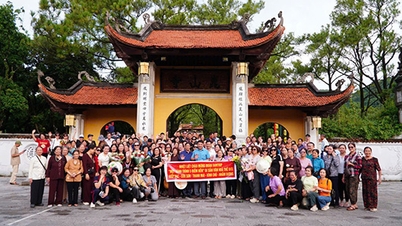








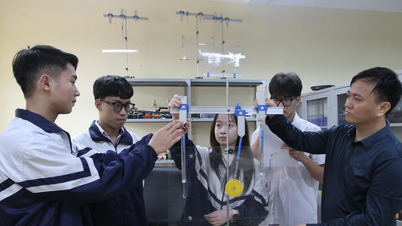













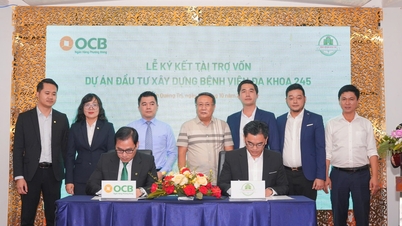

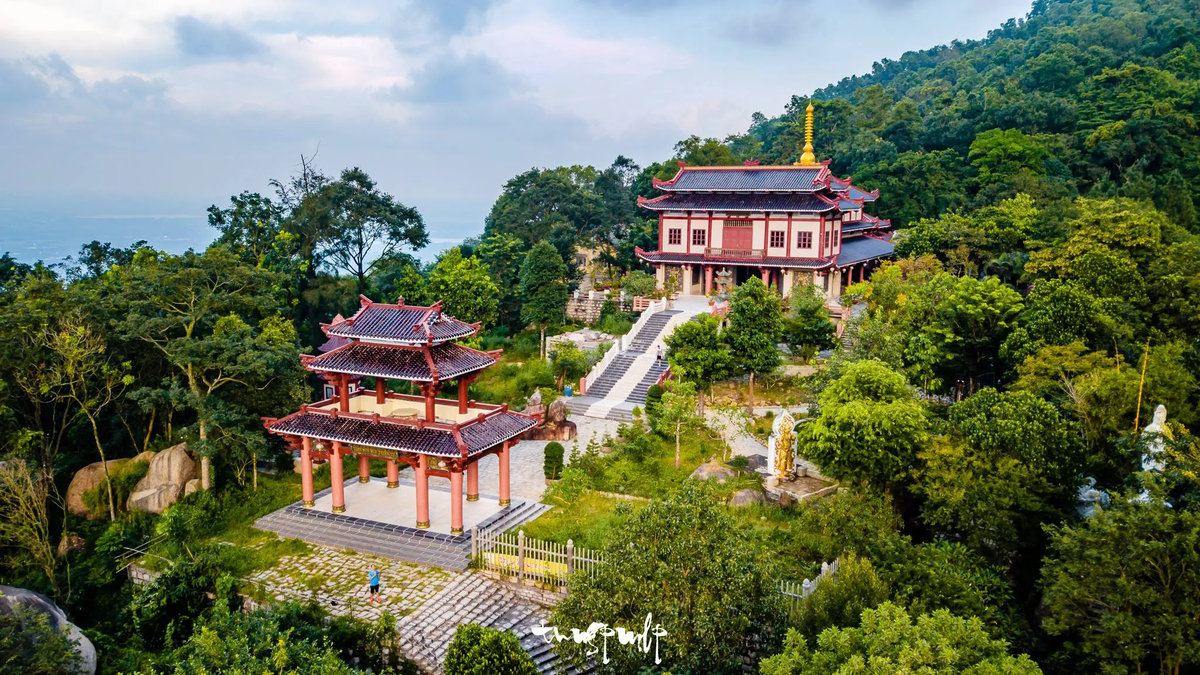
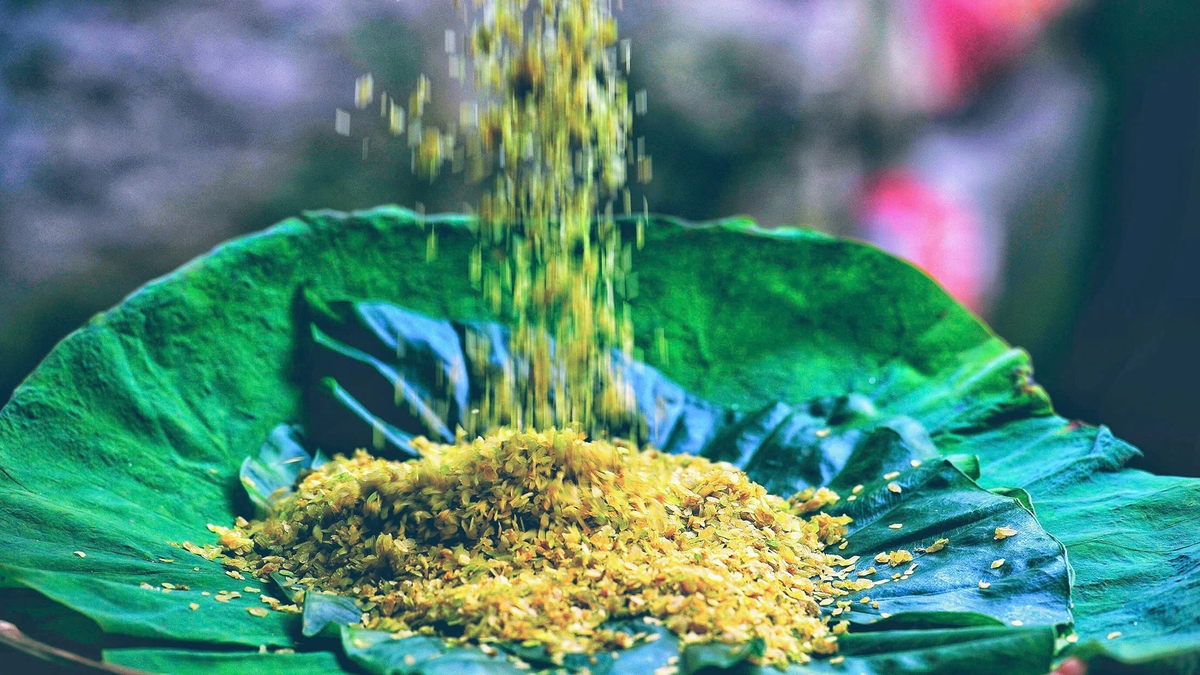
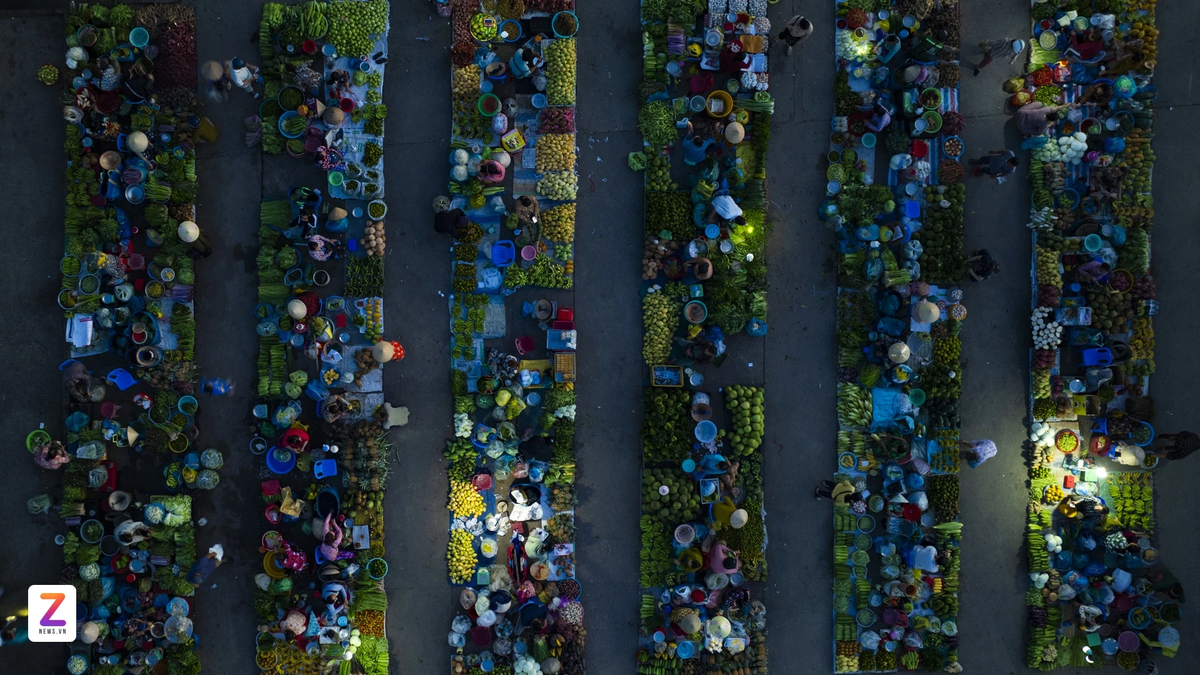


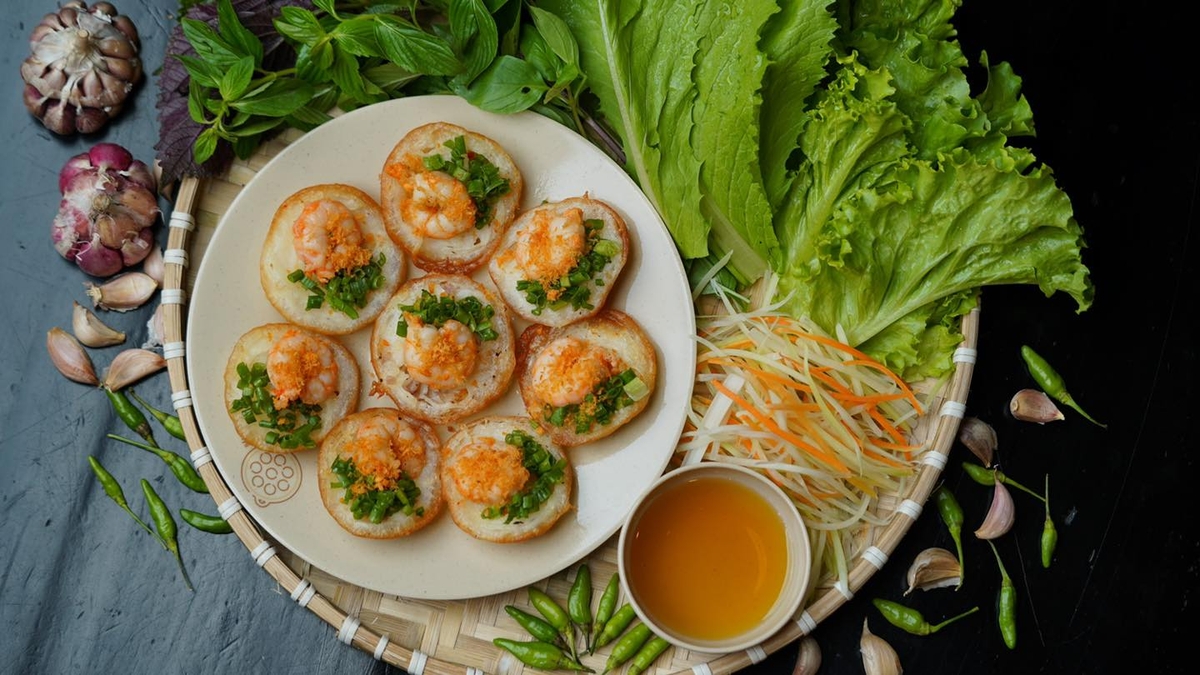






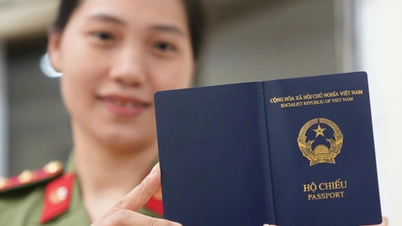

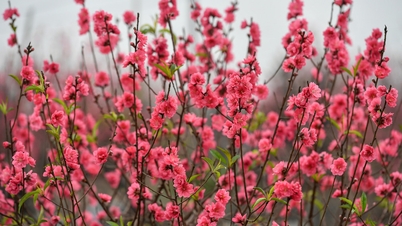

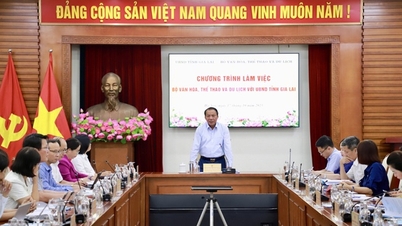
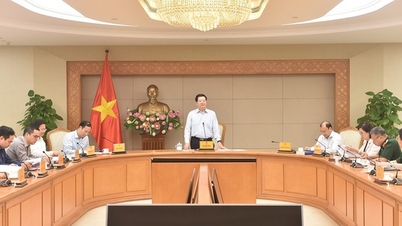


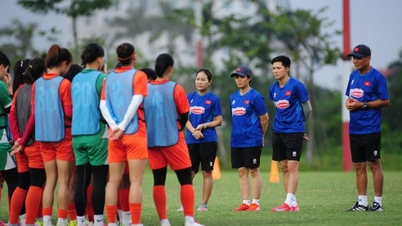

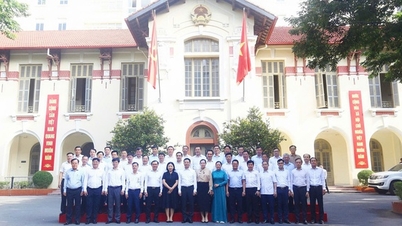



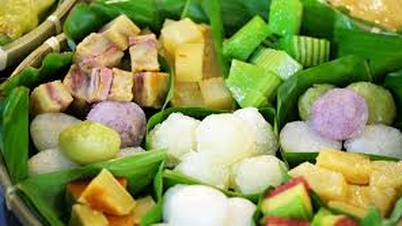
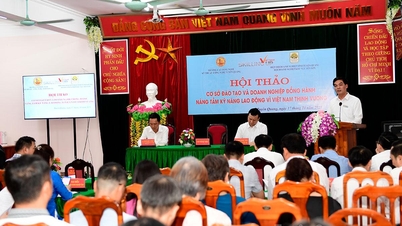

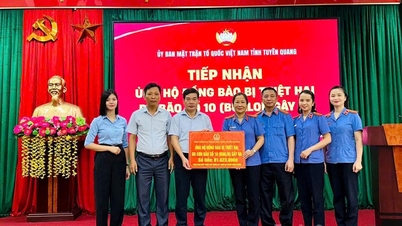
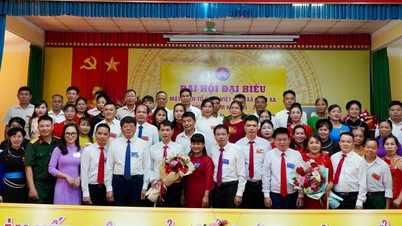
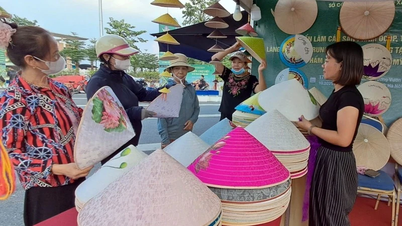
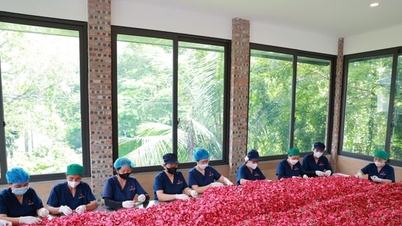



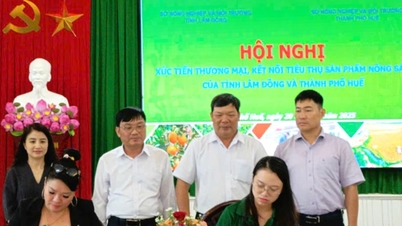








Comment (0)